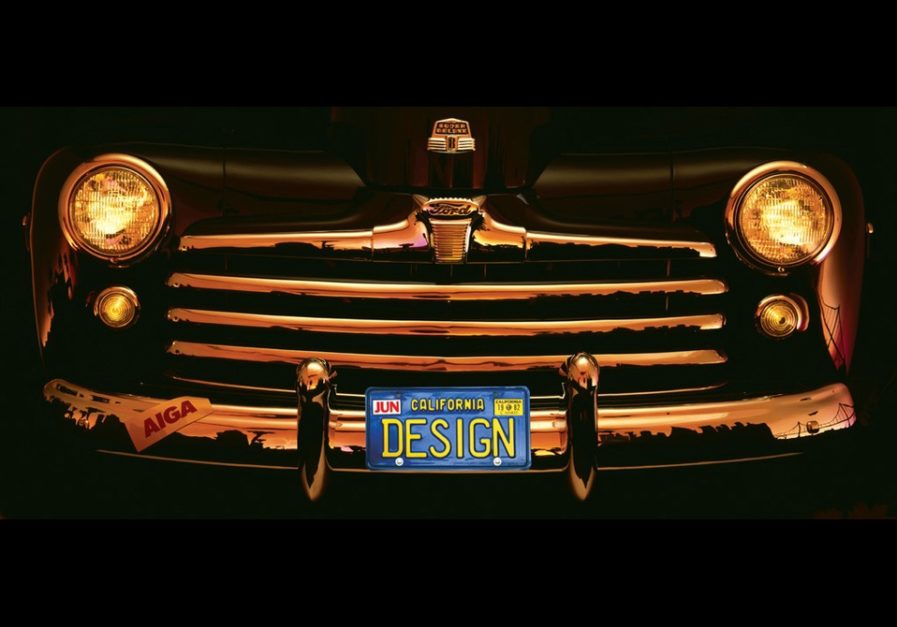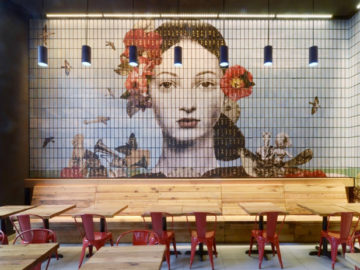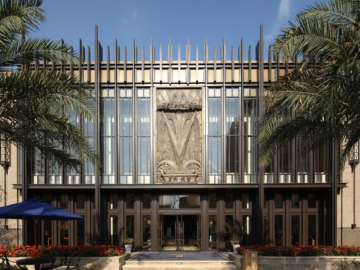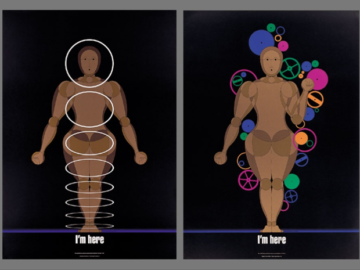Kit Hinrichs graduated from Art Center College of Design in 1963 and moved to New York to partner with Anthony Russel on an independent design consultancy. This was the first of a series of notable firms Hinrichs contributed to over the years, including Hinrichs Design Associates, Jonson Pederson Hinrichs & Shakery, Pentagram, and most recently Studio Hinrichs.
Hinrichs has won hundreds of design awards, including the AIGA Medal in 2004 and an honorary Doctorate of Letters by Art Center College of Design in 2009. He has also co-authored seven books and taught graphic design courses at School of Visual Arts and California College of the Arts among others. His work is featured in the permanent collections of the Museum of Modern Art, New York, the San Francisco Museum of Modern Art, and the Library of Congress.
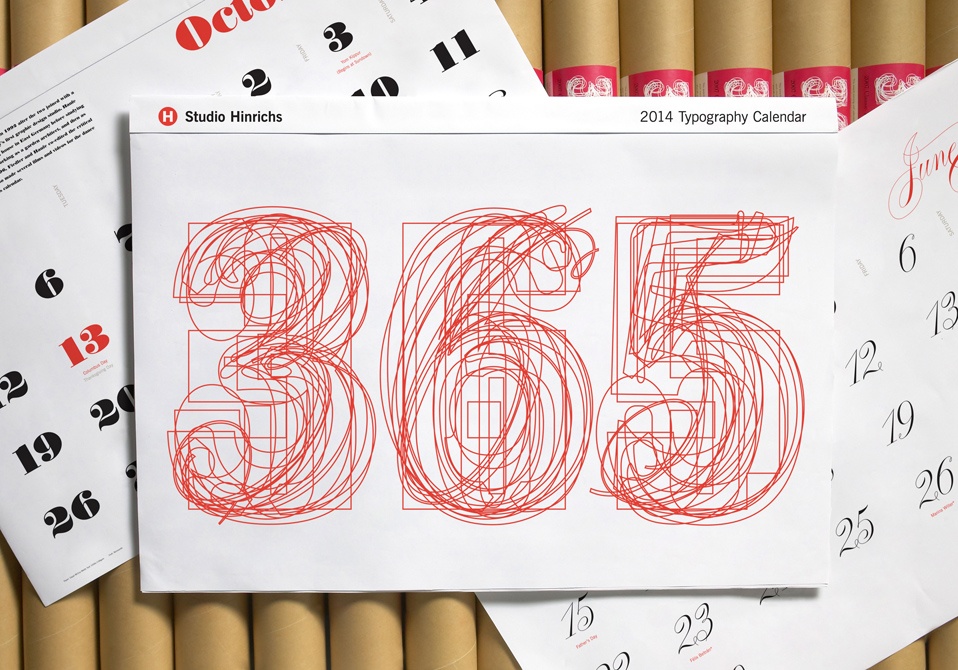
Kit Hinrichs’ design experience has spanned a multitude of categories such as brand development and identity, annual reports, promotion, publication design, packaging design, environmental graphics, product design, editorial design, and exhibition design. His work is characterized by its storytelling quality, encyclopedic references, and intuitive structure. His collection of several thousand American flags and related ephemera informs much of his work and has served as inspiration for two books as well as exhibitions by the Smithsonian, the Mercer Museum, and the Nevada Museum of Art.
IN HIS OWN WORDS:
“There are many passions in my professional life. The predominant one is telling stories. As a consequence, I have become an obsessive narrative designer. I find stories everywhere waiting to be told and, fortunately, I have been able to do that through design. By story, I mean more than editorial content. I mean communicating a sense of the subject — a client’s business and philosophy or an event — graphically through print, packaging, videos, or environmental signage. For me, design at its best is a visual story with the same excitement, pacing, and emotional power of a great play or musical composition. And, like producing a play, design is not a solitary act but [rather] a collaboration that requires inspiring the talent and spirit of writers, illustrators, photographers, typographers, and technicians. A successful outcome demands a strong, clear, consistent focus so that all elements ‘speak’ in a single voice that engages the audience.
Although I’ve worked on many high-profile projects, I strive to give equal attention to the more commonplace assignment. This is the visual minutiae — the directional signs, informational folders, video sign offs, product packaging, corporate collateral, etc.— that bombards us from all directions and impacts our collective culture. It is the face… that we present to the world. I feel it is the responsibility of those of us in the design profession to not treat this lightly. For me, the role of design is to make the complex simple, the opaque transparent, the unstructured concrete, the obtuse accessible, and the ordinary beautiful. After 40 years of practice, I am still excited by that challenge and the possibilities it presents.”

